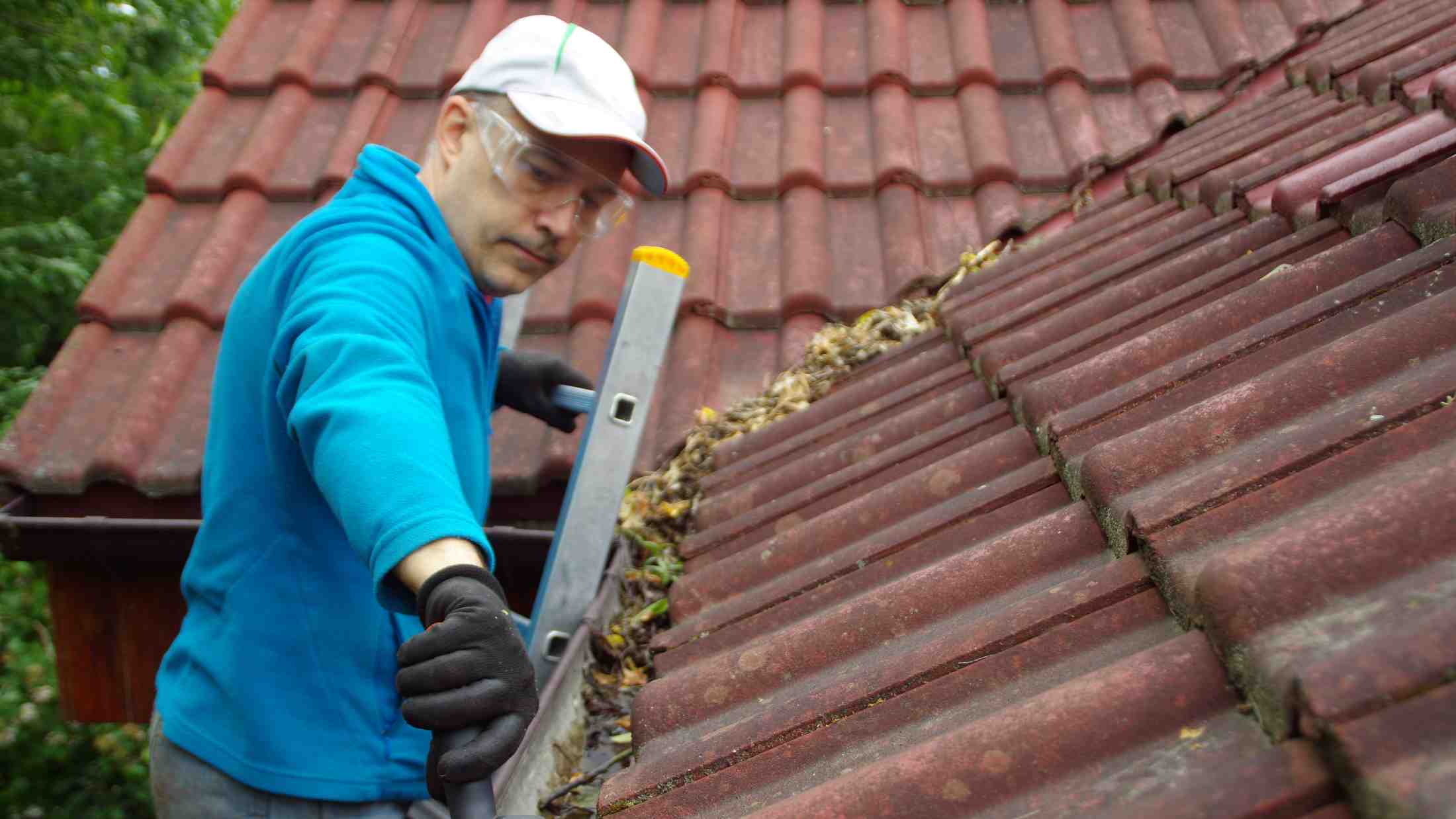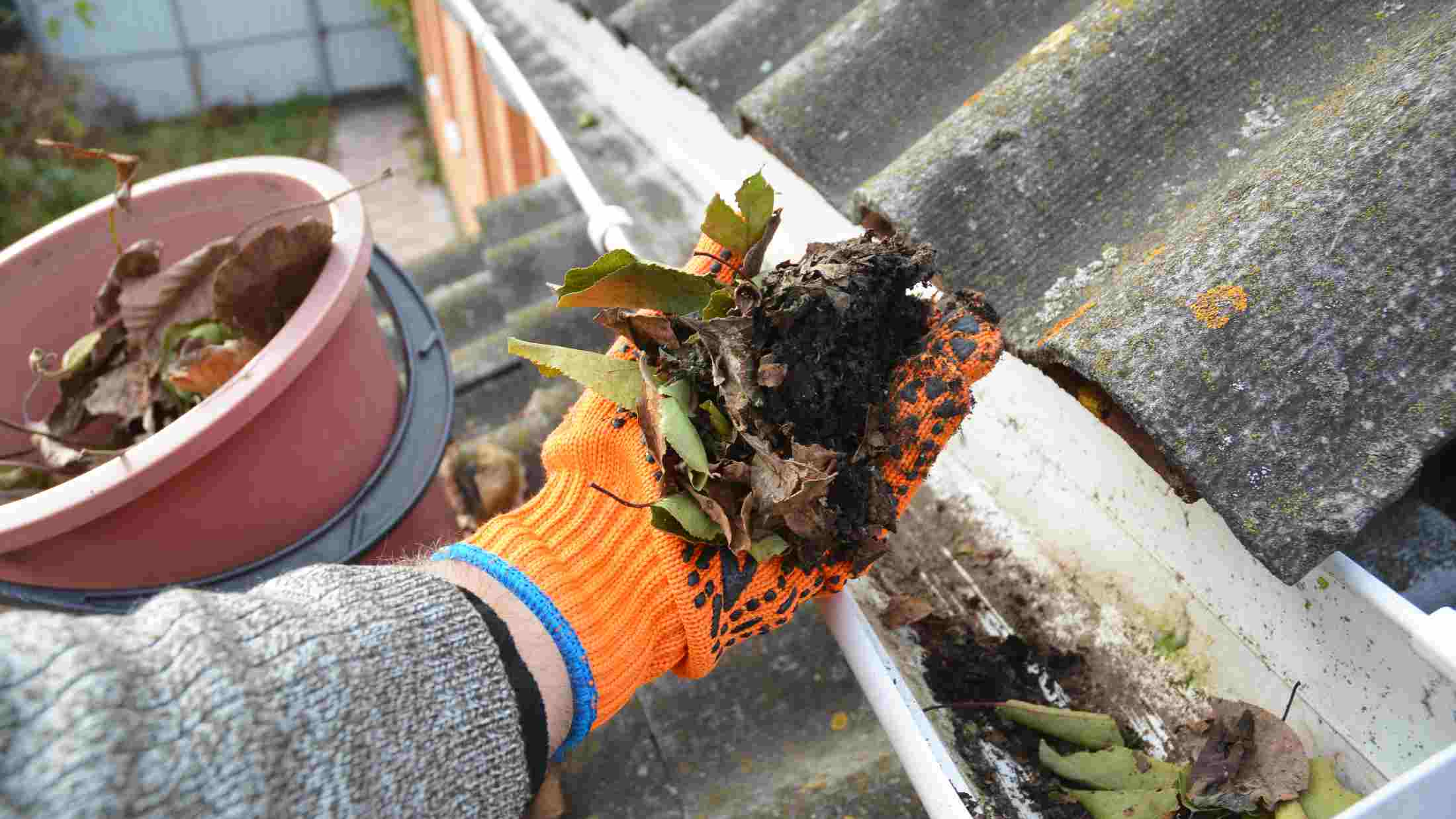Rising damp - it’s the phrase that no homeowner wants to hear, and no prospective buyer wants to see on their building survey. And while this form of damp problem is actually quite rare, it can be an extremely costly affair for British homeowners.
Generally, houses constructed after 1875 were built with a protective damp-proof courses, but if you have an older property you might not have these protective barriers. If you do discover a rising damp problem in your home, it’s important to speak to an expert as soon as you can to arrange treatment. Rising damp can cause superficial damage to an internal wall, as well as structural damage to timber and masonry. It harbours mould too, which can result in health problems for you and your family.
Here you'll find out how to identify rising damp, how to control it, and the ways you can deal with rising damp in the long-term.
- What is rising damp?
- How do I deal with rising damp in my property?
- Is there a long-term solution to rising damp?
What is rising damp?
As the name suggests, rising damp starts at the bottom of an internal wall and moves upwards due to capillary action. The porous bricks, mortar and cement in the ground floor internal wall absorb water and suck it up like a straw. The internal wall becomes permanently moist, encouraging the growth of mould and damaging timber structures.
While damp-proof courses prevent water from being drawn up by the brick work, they can become damaged over time, making a rising damp problem more likely in an older property. You can also identify rising damp in properties where the ground level has been changed; for example with the installation of a new driveway.
A simple way to identify a rising damp problem is by looking at where the damp patches are appearing. Rising damp appears around the bottom metre of an internal wall; most of this will be below ground, so look around the tops of your skirting boards. You’ll probably spot it due to rotting wood and mould. You should also look out for tide marks on the internal wall. The plaster might be crumbling, and paint and wallpaper might peel. The salt content of ground water can leave a powdery residue and stain the plaster, too.
If this doesn’t sound like what you’re experiencing, then you may have a different damp problem. Condensation is the most common cause of damp during the winter in Britain. Patches of damp can also be caused by pipe damage in an internal wall, leaking guttering, and damaged external walls that let in the rain.
How do I deal with rising damp in my property?
Unfortunately there are no quick solutions when it comes to the question of how to fix rising damp. If you suspect that you have rising damp in your property it's worth getting a second, third, and fourth opinion as you don't want to pay for unnecessary treatment. Rising damp is often misdiagnosed, so it's worth making sure that it’s definitely the problem before embarking on a course of treatment. Consider whether the problem could be caused by condensation, leaking pipes, faulty plumbing, damaged guttering, blocked air bricks, or poor surface drainage.
Measures that allow your property to ‘breathe’ are key to controlling rising damp. The Building Research Establishment recommends that any method used to retrofit a damp-proof course should have an Agrément or other third-party certificate.
While you’re waiting for treatment to kick in, ventilate your property properly. Although this won’t fix your rising damp problem, it will stop it from becoming worse. Ventilation is especially important in old properties that have suffered from a rising damp problem in the past. Make sure air can circulate freely between the cellar, if you have one, and the ground floor. Remove vinyl flooring or rubber-backed carpets, and replace with a breathable material instead. This will allow fresh air to circulate and dry out the damp internal wall. Make use of extractor fans and dehumidifiers to keep the humidity levels in your property low.
Is there a long-term solution to rising damp?
The best solution to your long-term damp problems is to regularly check your damp-proof course.
A damp-proof course is a barrier between your home and the ground, usually made from a tough material. This should be visible on your exterior walls, around six inches above ground level. It can be compromised if the ground level nearby has been raised above it, which means that the ground water is then above the damp-proof course, letting water penetrate the brick work. You can solve the problem by digging a ditch alongside the obstruction so that the ground level is no longer above the damp-proof course. Make sure the ditch is well drained – if it fills with water you could end up with worse problems.
If the ground level is still well below your damp-proof course, check your internal wall cavity. Often debris can become trapped in here and can act as a conduit, carrying water above the damp-proof course and into your internal wall. Treatment for this will involve speaking with a professional to have bricks removed in order to take away any debris that may be inside the cavity.
If your damp-proof course has been damaged, you may need to contact a tradesman to install a new one. The damp-proof course has to run under the entire property with no breaks. Replacing damp and damaged timbers and brickwork may also be required to make sure your internal wall is completely dry. Repair costs will depend on the extent of the damage and the most appropriate treatment.






